5 Major Types Of Vegetation In The World
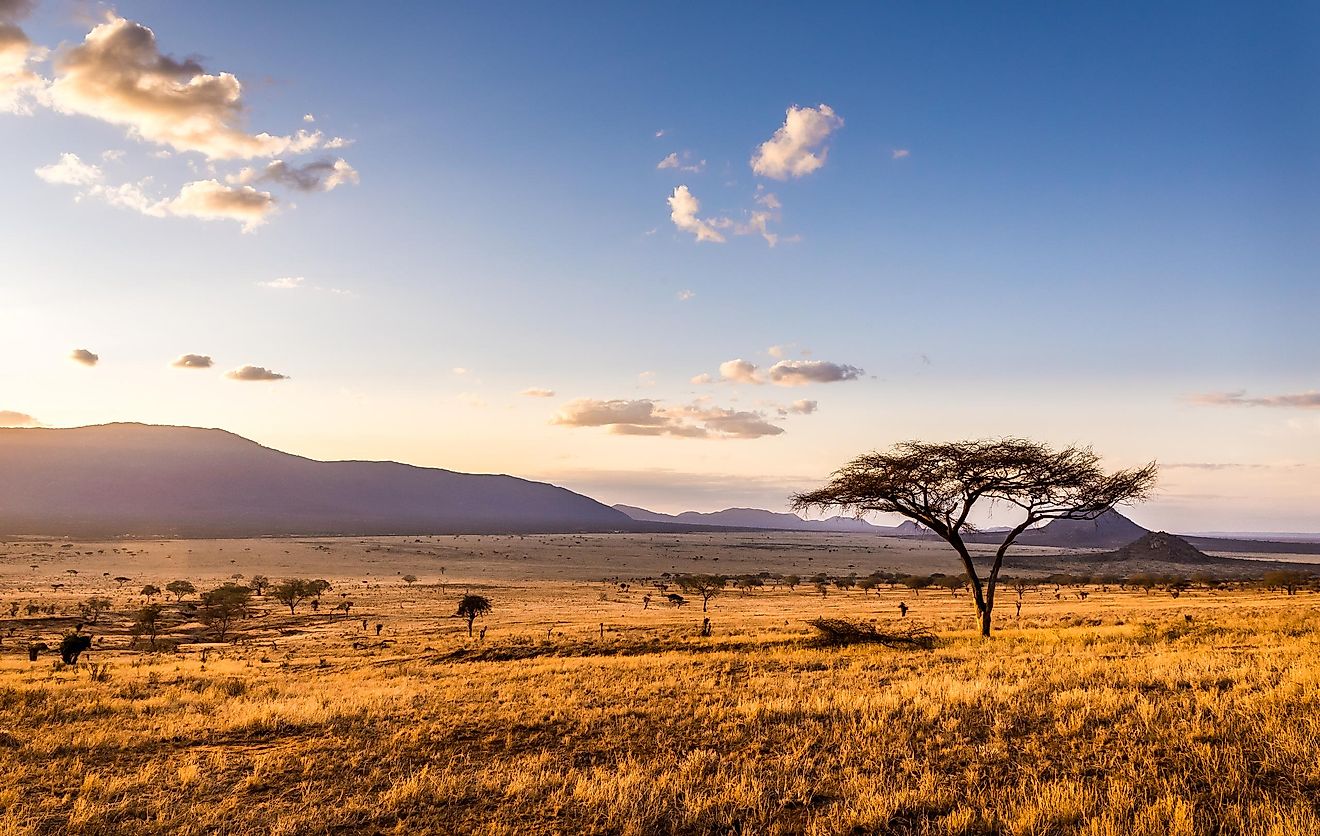
- Grasslands are essential for life on this planet, as they allow for dairy production because cows have plenty of grass to eat.
- Areas that are rich with arctic tundras are Russia and Canada, thanks to their geographic location.
- By analyzing the total amounts of ice sheets we have left, scientists have a pretty good insight on how fast the ice is melting.
Vegetation we can find on planet Earth is, at least by our preconceptions of difference, rather diverse. Specific areas that are home to different plants and animal species come in five different forms: forests, grasslands, tundras, deserts, and ice sheets. The way we define what type of vegetation we are dealing with is by analyzing the dominant species occupying and creating the area.
5. Forests
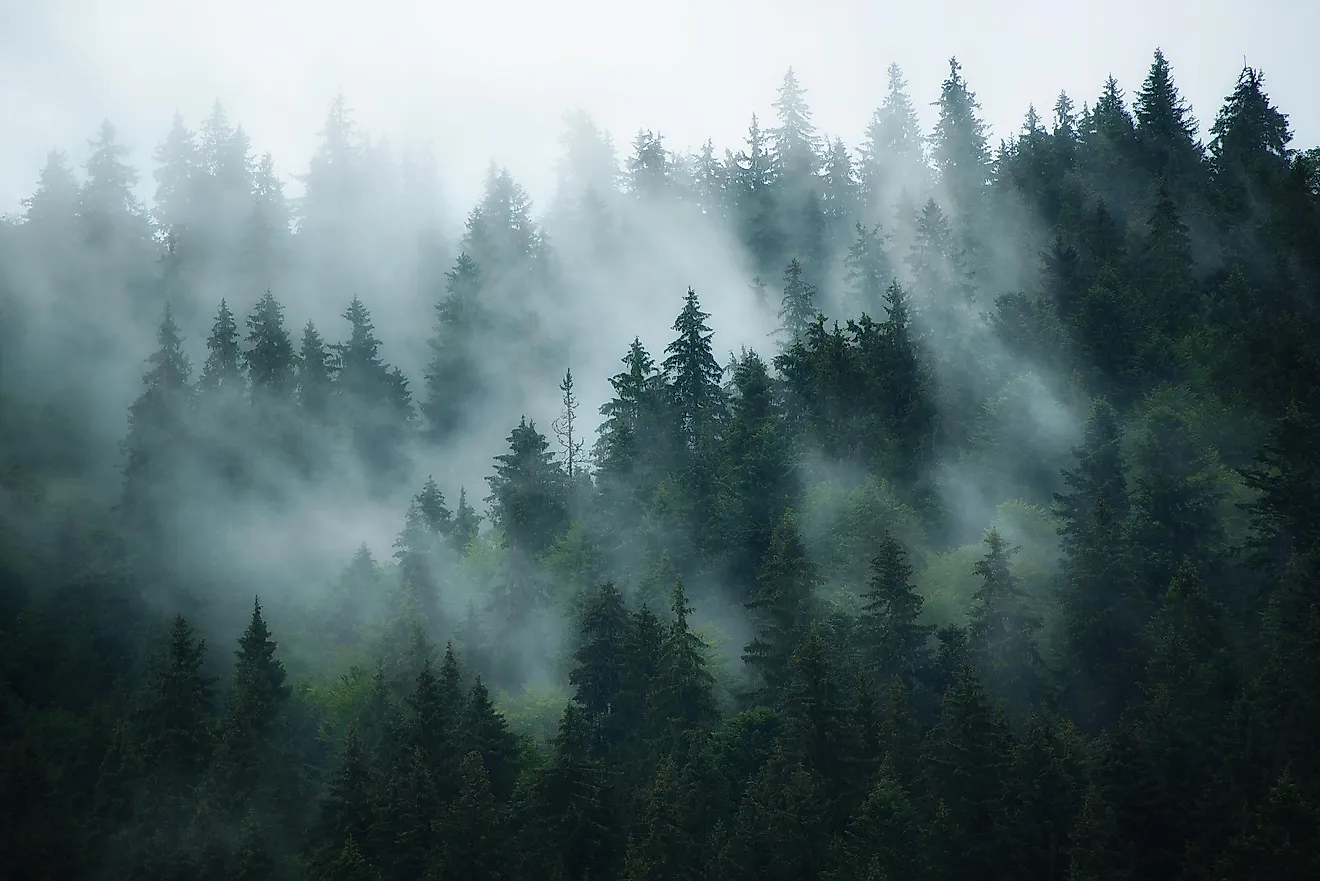
The most important factor that creates a forest is, of course, the trees. But, for something to be classified as a forest, the density of the trees and their leaves must have the ability to cover the ground, or better to say, to create shade to everything that is underneath them. Forests can emerge in almost any kind of terrain, and they can develop anywhere between sea level and high mountain ranges.
Although the vast majority of forests have a mixed population of trees, meaning there is almost always more than one type of tree growing in a particular area, we can also differentiate types of forests. Tropical forests usually grow in the tropics (close to the Earth’s equator), while boreal forests generally thrive in much colder conditions (close to the Arctic).
4. Grasslands
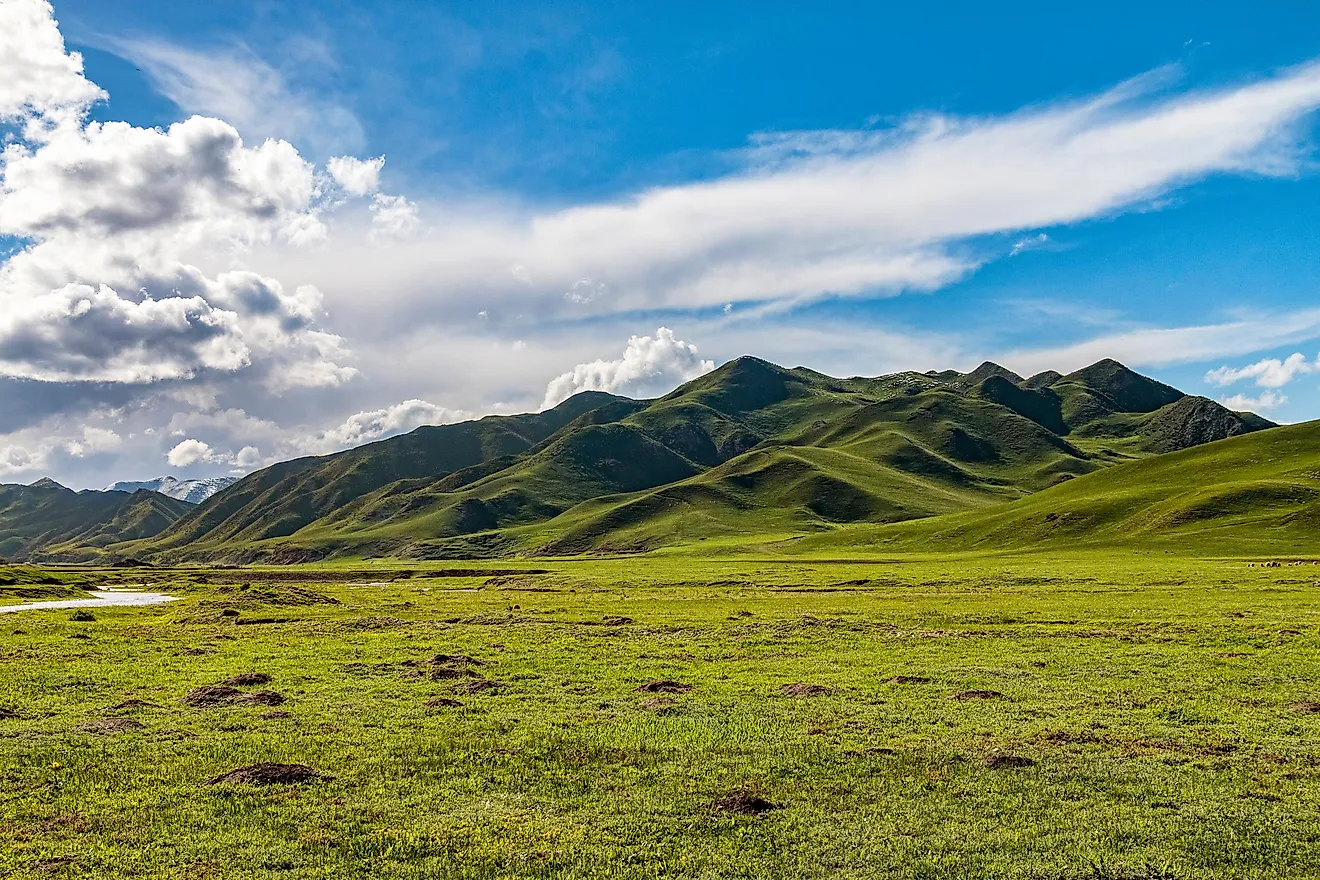
This type of vegetation can be found everywhere on Earth, except for Antarctica, which is way too cold to support the life of plants. Grasslands are vast and flat areas covered with different types of grass.
There are two main types of grasslands: temperate and tropical. Temperate grasslands appear in areas where the variations in temperature occur when the seasons change. This means that in temperate grasslands, the vegetation changes accordingly because some species prefer to grow during summertime, while others come to life when it is cold. On the other hand, tropical grasslands, also known as savannas, prefer when it is warm and (mostly) dry throughout the year.
3. Tundras
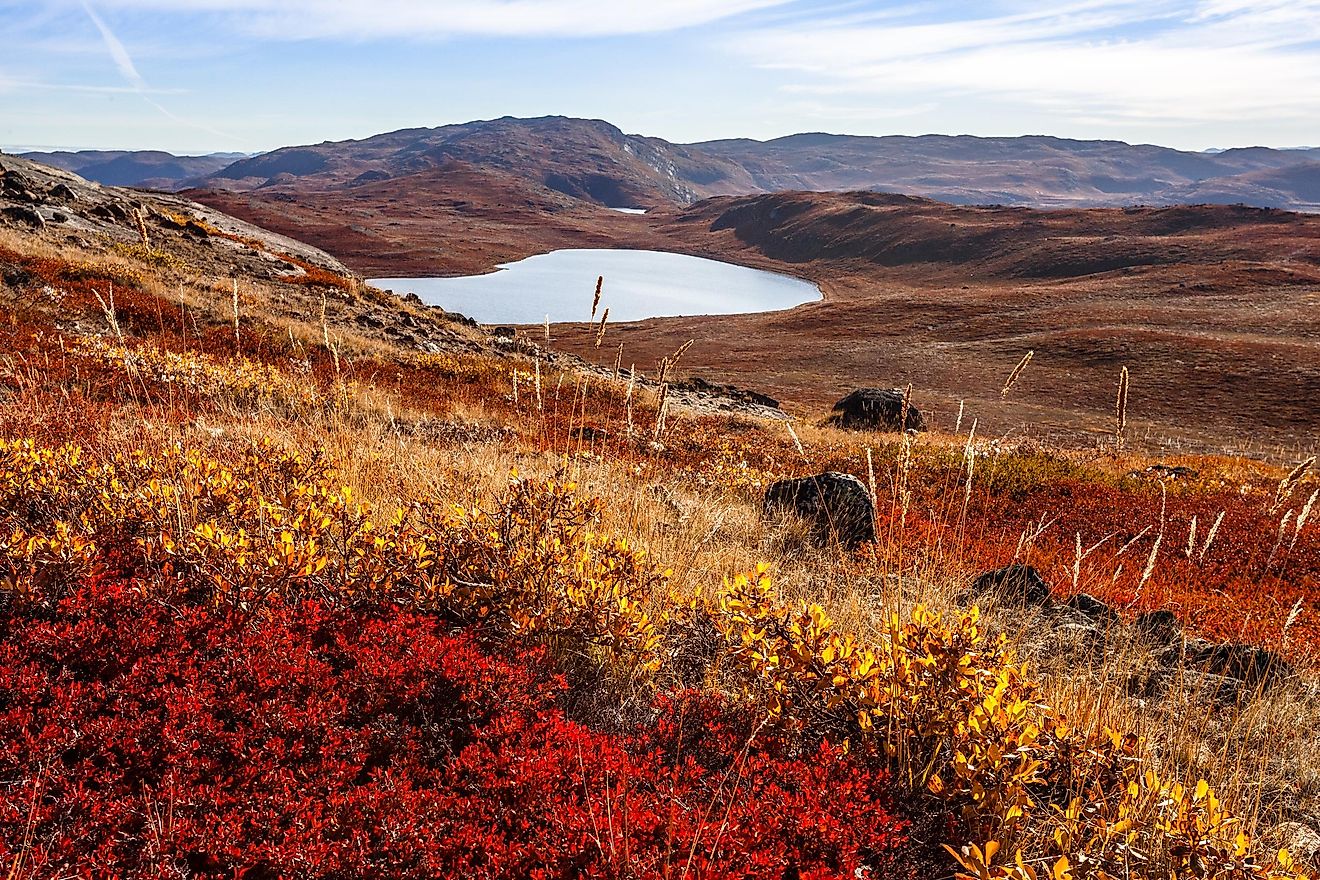
Tundras appear in climate zones where the temperatures are mostly low, and unlike the previous two types of vegetation, their diversity of the population is much smaller. There are two different types of tundras: alpine and arctic.
Alpine tundras usually have a very distinct border between them and the forests. The weather that supports this vegetation is mostly very cold and harsh, and there is plenty of snow and wind as well. Arctic tundras can be found in the northern hemisphere of Earth, where the lands are mostly frozen throughout the year. There are very few animals that can be found in these areas, but polar bears adapted to very harsh conditions of this vegetation.
2. Deserts
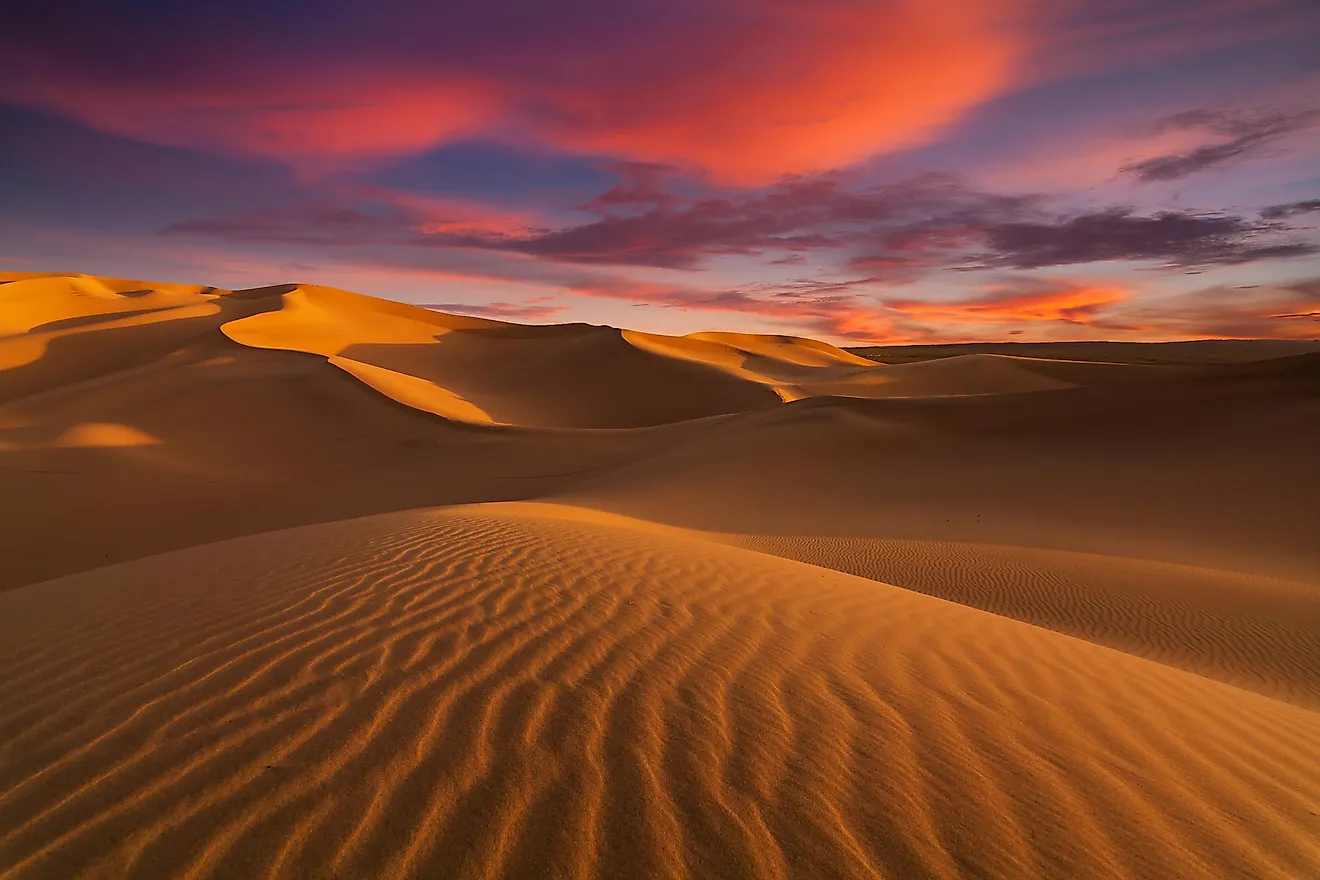
To classify something as a desert, you need to know how much precipitation is present in that area. If there are less than 10 inches of rain that falls any given year, we are talking about deserts: areas of low humidity, extremely high temperatures, and rather low temperatures in the night.
Plants and animals that live in this type of vegetation have to adapt to these hard conditions, where there is almost no water, and the food resources are scarce. But, every desert on Earth is not full of hot sand. The biggest desert on this planet is actually Antarctica, with nothing but ice covering the ground of the whole continent.
1. Ice Sheets
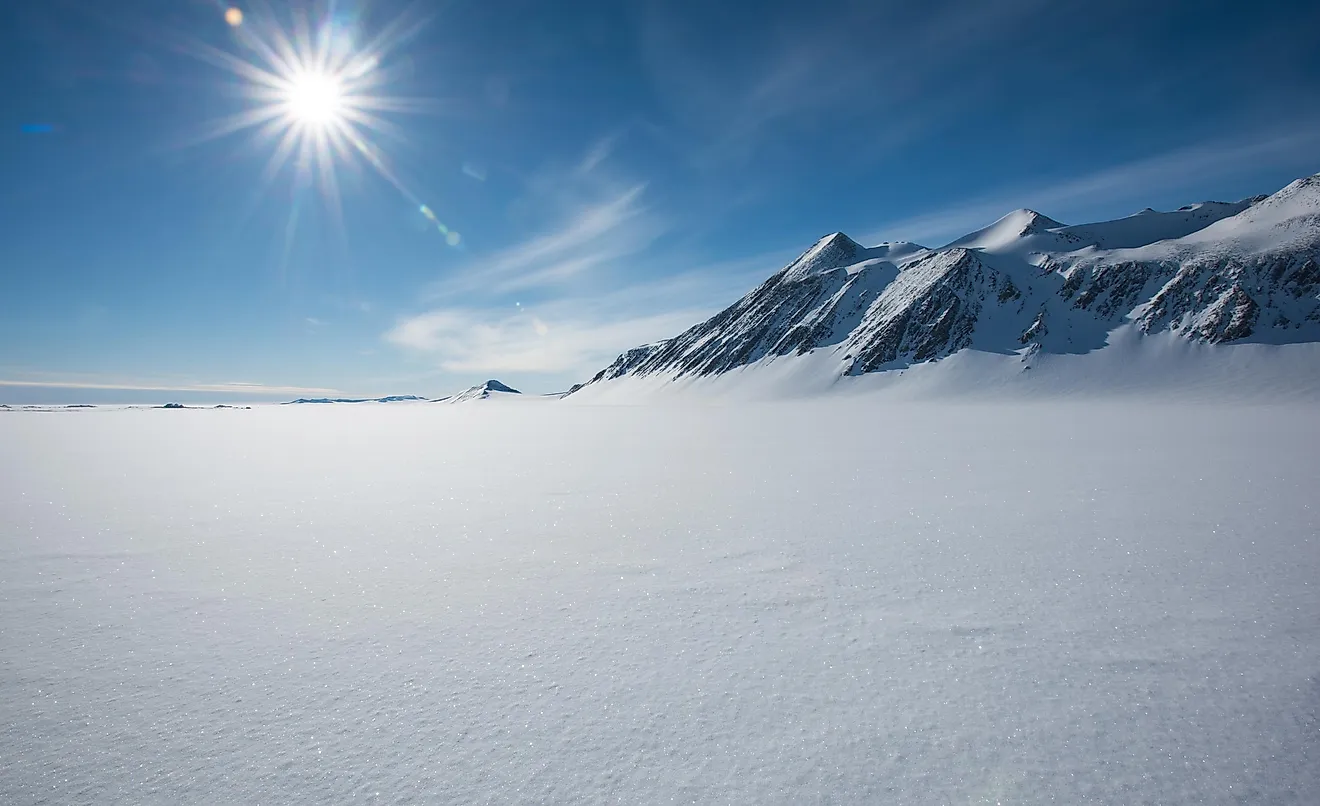
We can find only two places on Earth that allow for the creation of ice sheets: one is Antarctica, and the other in Greenland. Ice sheets are vast areas of ice glaciers that cover more than 50,000 square kilometers. Although this is classified as a type of vegetation, there is barely any life in these areas, simply because there is almost nothing except ice there.











